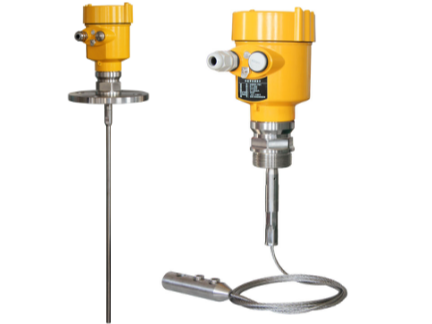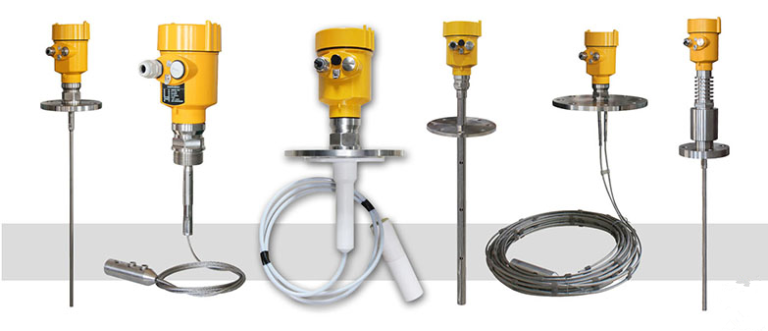A guided wave radar level meter is a level measurement device commonly used in industrial applications and is widely used in condensate tank level measurement.
This paper will introduce the characteristics of condensate tanks and provide two actual measurement cases to demonstrate the application of guided wave radar level meters in this area.

Condensate tanks are containers used to store and collect condensate produced in a process, which has some characteristics for example
High temperature and pressure: condensate usually comes from cooling and condensation in high-temperature processes, so the temperature and pressure inside the tank are high, resulting in a harsh environment.
Corrosive: Condensate may contain acidic or alkaline components, which is corrosive and puts high demands on the level measurement equipment.
Multi-phase liquids: Condensate is often composed of a mixture of water vapor and liquid droplets, which complicates accurate level measurement.
Environmental constraints: due to high temperatures, high pressures, and corrosiveness, level measurement equipment needs to have good durability and adaptability.

We cite actual measurement cases to understand the application of a guided wave radar level meter in condensate tank level measurement.
Case 1: Power plant In power plants, condensate is widely used in the cooling system. Condensate tanks are used to store the condensate generated during the process to ensure the normal operation of the cooling system.
Traditional level measurement methods are often unable to provide reliable level measurements in high temperature, high pressure, and corrosive environments.
The guided wave radar level meter, however, is able to accurately measure the liquid level in the condensate tank by sending and receiving microwave signals.
It can adapt to the requirements of high temperature and pressure, multi-phase liquids, and corrosive environments, and provide stable level readings.
This enables the operator to keep abreast of changes in the level of the condensate tank and make timely adjustments and treatments.
Case 2: Chemical plant In chemical plants, condensate is usually formed due to reaction heat generation, so the condensate tank and guided-wave radar level gauge through its high-frequency microwave characteristics, high temperature, high pressure, and corrosive environments with excellent level measurement capabilities.
It can accurately measure the liquid level in condensate tanks and provide stable level readings.

The characteristics of condensate tanks include high temperatures and pressures, corrosivity, multi-phase liquids, and environmental constraints, which present many challenges for level measurement devices.
Real-world measurement examples demonstrate the use of guided wave radar level meters for the level measurement of condensate tanks in power and chemical plants.
It provides accurate and stable level measurement in high temperature, high pressure, and corrosive environments, and helps operators keep abreast of and control condensate storage.
